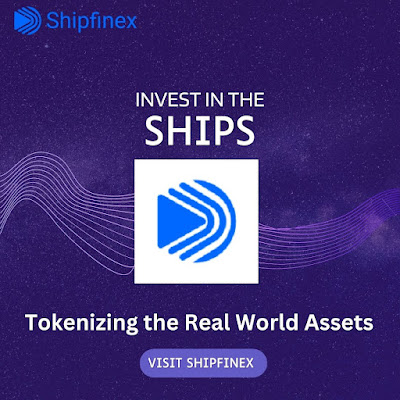What is Fractional Ownership and Ship Investment
Fractional ownership and ship investment are becoming increasingly popular alternative forms of investment. Fractional ownership refers to the ownership of a specific asset, such as a property or a yacht, by multiple individuals, each of whom holds a share of the asset. Ship investment, on the other hand, involves investing in a ship or fleet of ships, with the goal of generating revenue through transportation or chartering. Both forms of investment differ from traditional forms of investment, such as stocks and bonds, in that they involve the ownership of a tangible asset. In this article, we will explore the advantages and disadvantages of fractional ownership and ship investment, as well as the types of ships that are suitable for this type of investment.
Advantages of fractional ownership and ship investment
One of the key advantages of fractional ownership and ship investment is diversification of the investment portfolio. By investing in a tangible asset, such as a ship, investors can spread their risk across multiple assets, rather than putting all their eggs in one basket. This can help to mitigate the impact of market fluctuations on an individual investment.
Another advantage of fractional ownership and ship investment is the shared costs and responsibilities. When investing in a ship, the cost of the ship, as well as the operational and maintenance costs, are shared among the investors. This means that the financial burden on any one individual is reduced, and the overall risk is spread out among multiple investors.
Additionally, fractional ownership and ship investment has the potential for higher returns compared to traditional forms of investment such as stocks and bonds. The shipping industry is a multi-billion dollar industry and owning a share of a ship can provide a steady stream of revenue through chartering or transportation.
In summary, fractional ownership and ship investment provide unique opportunities for diversifying investment portfolios, sharing costs and responsibilities, and potentially earning higher returns on investment. These advantages make it a valuable consideration for investors looking for new opportunities in the market.
Types of ships suitable for fractional ownership and investment
When it comes to
fractional ownership and ship investment, there are several types of ships that are suitable for this type of investment. The most common types of ships suitable for fractional ownership are:
Container ships: Container ships are used to transport cargo around the world. These ships are suitable for fractional ownership as they are in high demand and have a steady stream of cargo to transport.
Bulk carriers: Bulk carriers are used to transport bulk cargo, such as coal, iron ore, and grain. These ships are also suitable for fractional ownership as they have a steady demand for their services.
Tankers: Tankers are used to transport oil and other liquid cargo. These ships are suitable for fractional ownership as they are in high demand due to the ongoing need for energy resources.
Passenger ships: Passenger ships are used to transport people on cruises or other types of voyages. These ships are suitable for fractional ownership as they have a steady demand for their services and can generate revenue through ticket sales.
It is important to note that the suitability of ships for fractional ownership and investment depends on many factors such as the size and age of the ships, the demand for the services provided by the ships, and the overall market conditions. It is always recommended to consult with experts before investing in any type of ship.
In summary, container ships, bulk carriers, tankers, and passenger ships are some of the most common types of ships that are suitable for fractional ownership and investment. These ships are in high demand and have the potential to generate steady revenue through chartering or transportation. However, it's always recommended to consult with experts before investing in any type of ship.
Risks and considerations
As with any investment, there are risks and considerations to keep in mind when investing in fractional ownership and ship investment. Some of the key risks and considerations include:
Market fluctuations: The shipping industry is subject to market fluctuations, which can have a significant impact on the value of a ship and the revenues it generates.
Maintenance and operational costs: Ships require regular maintenance and repairs, which can be costly. These costs are typically shared among the investors in a fractional ownership arrangement, but they can still be a significant financial burden.
Legal and regulatory compliance: Ships are subject to a wide range of laws and regulations, including safety regulations and environmental laws. Non-compliance with these regulations can result in fines and penalties, which can be costly.
Risk of operational risk: Shipping is a highly operational industry, with a lot of moving parts, it's also subject to weather conditions, political instability, and other risks that could affect the ship's operation and revenue.
It's important to keep in mind that these risks and considerations are not unique to fractional ownership and ship investment, but they are specific to the shipping industry. These risks and considerations should be carefully evaluated before making any investment decision. It's always recommended to consult with experts and conduct thorough research before investing in any type of ship.
In summary, fractional ownership and ship investment come with risks and considerations that are unique to the shipping industry, such as market fluctuations, maintenance and operational costs, legal and regulatory compliance and operational risk. These risks and considerations should be carefully evaluated before making any investment decision.



Comments
Post a Comment